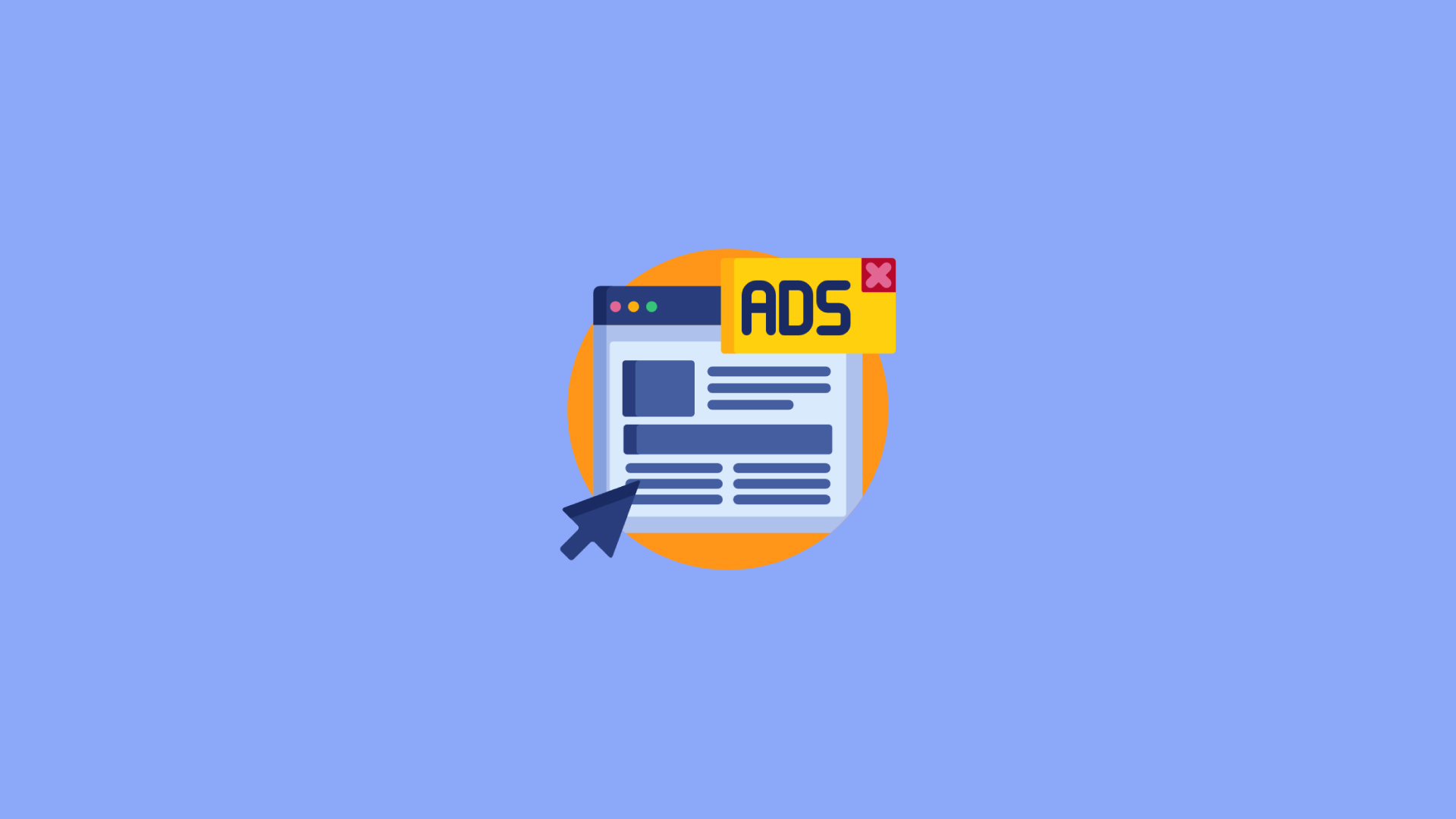In this blog, we will explain what ad tags are exactly and how they perform. Ad tags are also known as HTML code and this term is primarily used in the ad tech industry. Moreover, ad tags are multi-dimensional and multi-tasking which serves many purposes.
The Role of Ad Tags
Ad tags are the placeholders for the ad creatives on the publisher’s website. Generally, ad tags enable digital marketers to streamline their digital advertising formation by identifying an ad unit’s dimensions and format. Every ad tag serves a different role for each involved party. In online marketing, ad tags trigger ad appeals prompt the browser to forward them, and sometimes collect data about the users who are able to see the ad. Ad tags are in charge of making digital advertising attainable.
These are 4 examples telling how ad tags work in digital adverts.
- A publisher locates an ad tag which then assembles their ad inventory.
- Advertisers utilities ad tags to convey creatives for impression.
- Ad server’s advances ad calls along to the next role in the inventory auction which then sends out a request for abiding
- Third-party services include data management platforms that use ad tags to draw our user’s information and generate user profiles to rise in conversion rates, get better targeting for advertisers, and create monetization offers for publishers.
Ad Tags and Bid Requests
The ad tag makes a bid request, which is then sent to the advertisers and agencies (from the ad server), notifying them about what the user’s parameters are so that the ad can be served via the ad server.
Now you should have an idea of what an ad tag is and the role it serves.
Here are some more explanations about the ad tag communication process.
When a user has access to the publisher’s website, it signals to an ad tag code informing the ad server to begin an auction. Once the auction is won then the creative is served.
* As Per the dimensions and format of the creative there is a bid request sent to the data provider to obtain additional details for user targeting.
* The ad server gets the request with all the necessary user details from the data provider.
* Then, the ad server conveys the request to the advertiser. The relationship between publisher and advertiser determines the mode of purchase.
* The ad server puts the creative on the user’s browser, returning the ad tag along with the creative URL.
Distinguishing Between Different Ad Tags (Synchronous and Asynchronous)
Digital ad tags use URLs to request content and gain the associated information about its placement. JavaScript ads can synchronous or asynchronous. The two tags significantly vary when it comes to code utilization. Synchronous tags load simultaneously however a denied tag slows down web page load speed when something went wrong. Due to which the browser keeps requesting to the server resulting in the page does not load at all and the user experience being ruined.
Most ad serving platforms prefer publishers who use asynchronous ad tags for this reason.
Third-Party Ad Tags
The term third-party also refers to the demand or advertiser side of the ad serving relationship. Similarly, third-party ad tags refer to ad tags that third parties generate.
Third-party ad tags are HTML-based and it includes powerful tools like IMG tracking pixels. They are used by publishers on web pages and make advertisers measure campaign performance.
How to Get Ad Tags to Work for Your Business
Ad tags serve as a vital component of ad serving. They are short but generate code snippets that give the publishers an effective way to optimize their ad space. Moreover, they also offer advertisers a method for maximizing campaign performance and tracking capabilities. Therefore, it can be quite challenging to make sure that the ad tags you use are an optimized component of your ad tech stack. However, you can use Google Ad Manager to achieve the ad tags and get them to work for your business. This is an easy and user-friendly method to avoid editing code.
Google Publisher Tag (GPT)
Google Publisher Tag (GPT) is an ad tagging storage that effectively generates ad requests.
Whenever an ad request goes to a third party, it uses a pass back tag to make sure the one evolving in your network fills the ad.
The single request architecture (SRA) refers instead of sending an individual ad request to Ad Manager Servers, the browser itself can send one request notifying the server of all ad units on the page.
An Essential Element of Digital Advertising
Ad tags have a necessary role in the ad tech industry. Publishers utilities them to monetize their websites more efficiently and increase revenues. Advertisers develop creative tags to make precise advertising campaigns.
Ad tags are an essential element of digital advertising and the media trading method. It puts without ad tags and publishers wouldn’t be able to earn more revenue and advertisers would lose on potential customers. For further details signup on Mahimeta.com

